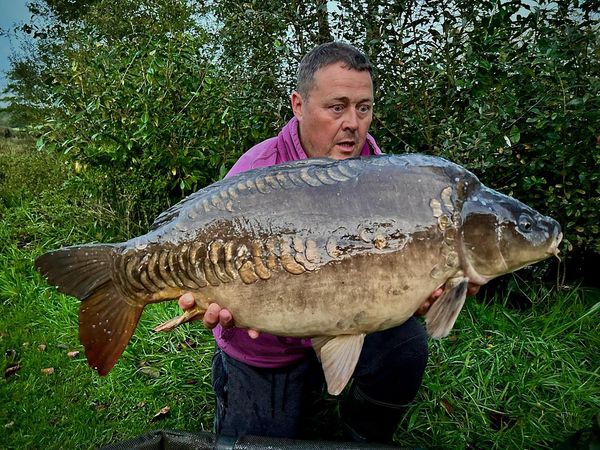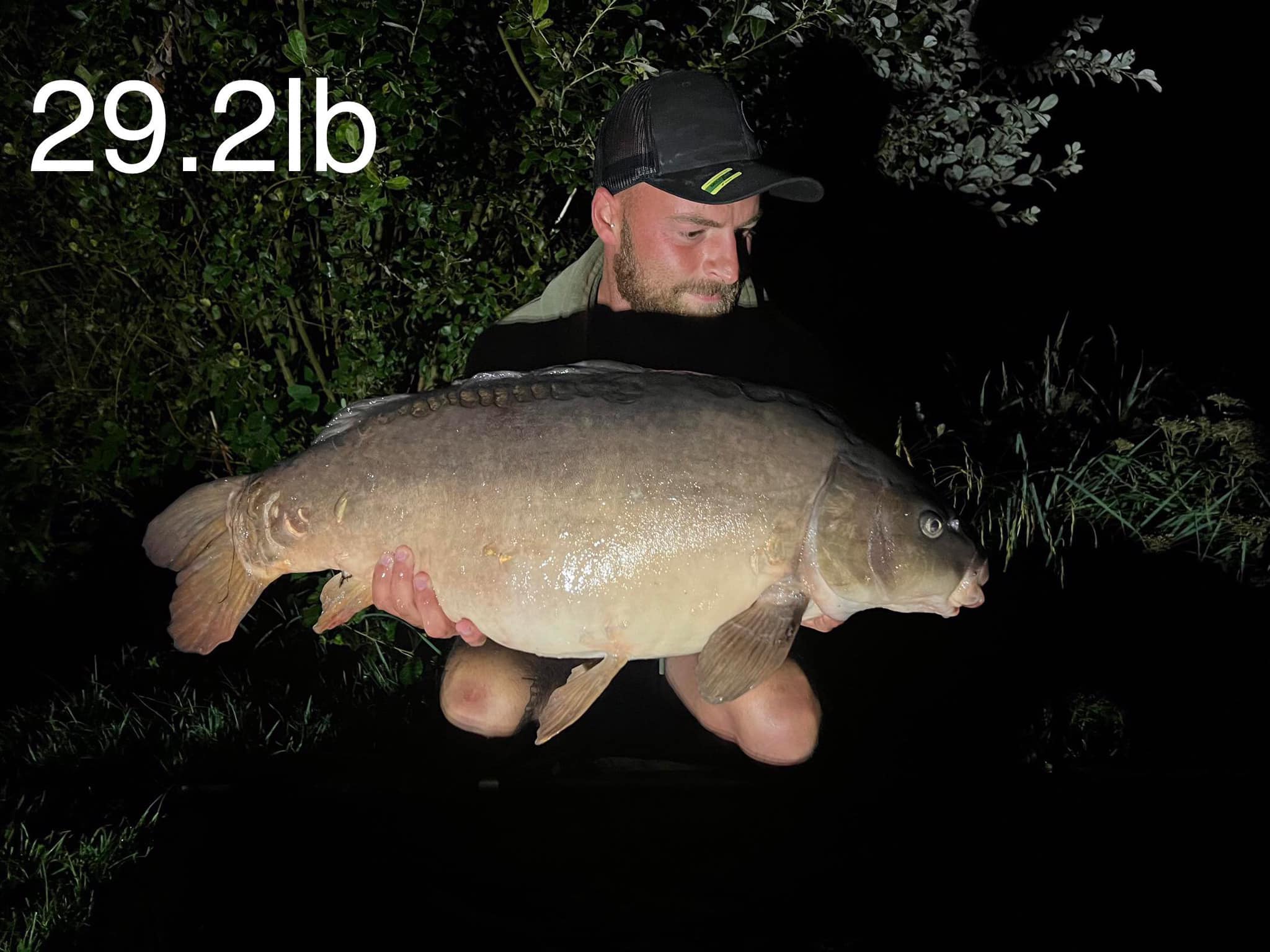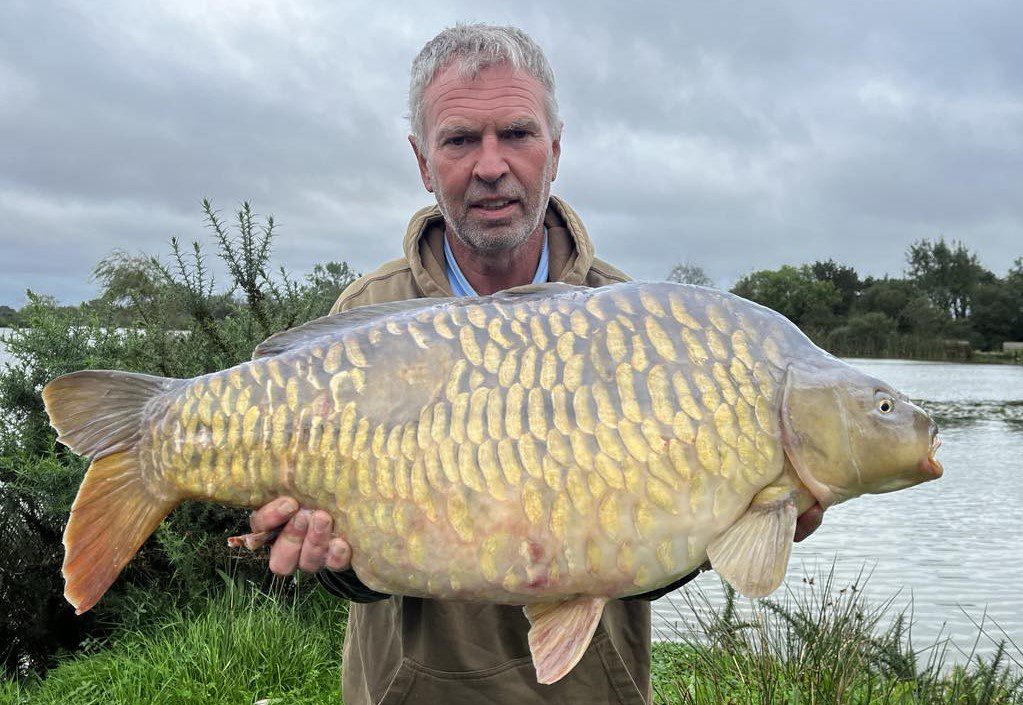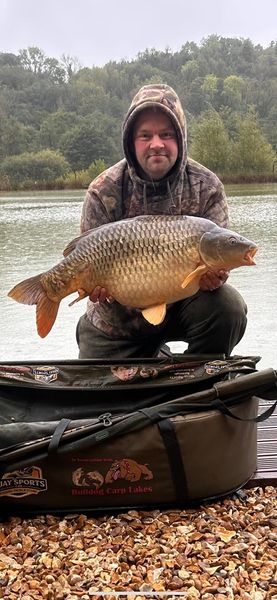
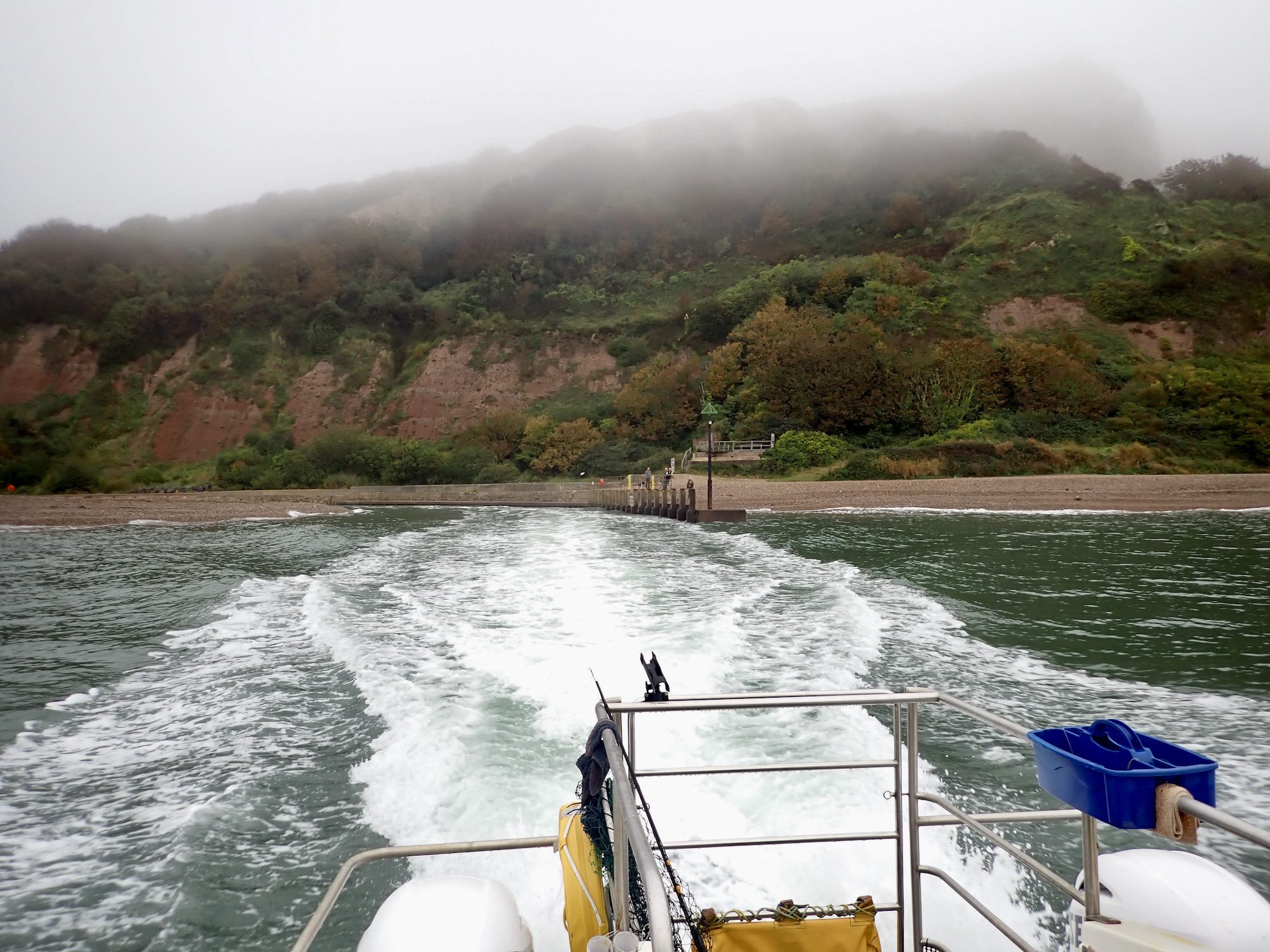
The tide was flooding rapidly into the River Axe estuary when I arrived to park up and I took note of what looked like a potential mullet fishing venue. This was confirmed later as I chatted with the skipper John Wallington.
The cliffs were shrouded in grey mist giving a truly Jurassic atmosphere to an early October day as we motored out of Axemouth aboard https://www.devonbassprocharters.uk/
There is always something particularly exciting about visiting a new fishing destination. I had been invited by Snowbee ambassador Jeff Pearce who had brought along a few Snowbee Deep Blue Rods to test out. https://www.snowbee.co.uk/sea-fishing.html
There were six of us fishing on the boat Jeff and I knew none of them but as always anglers are a little like super glue gelling quickly to become friends sharing an adventure within a short time. Names are banded about at the start of the day, Mark, Martin, Mick and Zee but in truth I am terrible with names and by the time we left the harbour they could have been Uncle Tom Cobley and all.
Those grey mist shrouded cliffs of the Jurassic coast soon faded into the distance as we headed out to wrecks deep beneath the grey waters of the English Channel. Bass were our target with the chance of pollock. I always find it fascinating how many Skippers have their own approach and special tricks. John is very keen on safety and had given a very thorough briefing before leaving the port. Focussing on how to use the ship to shore radio if he was to become incapacitated a factor that I have often thought of but never actually asked any skipper about.
John explained how we would be drifting the wrecks using lures on long traces of up to 6 metres. The ball weights used must be inserted into their holders when the fish is retrieved and the fish is then handlined carefully to the waiting net. Flailing weights can be dangerous. When lowering the tackle into the water the weight is lowered first the lure held carefully until the weight has taken up the slack in the trace.
( take care not to get hooked by the inertia of the sinking weight- It hurts! ) The set up incorporates a simple anti tangle tube with the weight attached to a weak link. ( Well, mine was as I was using 50lb b.s braid mainline!) The other technique/protocol that was different to many charter boats was that we were all to fish on the same side of the boat with the lines all trailing away, ensuring none of the tangles associated with lines coming under the boat.
It was a very grey murky day but fortunately the sea was calm with just a gentle breeze. John spotted a few tuna leaping from the water. Gannets soared gracefully in the dark sky.
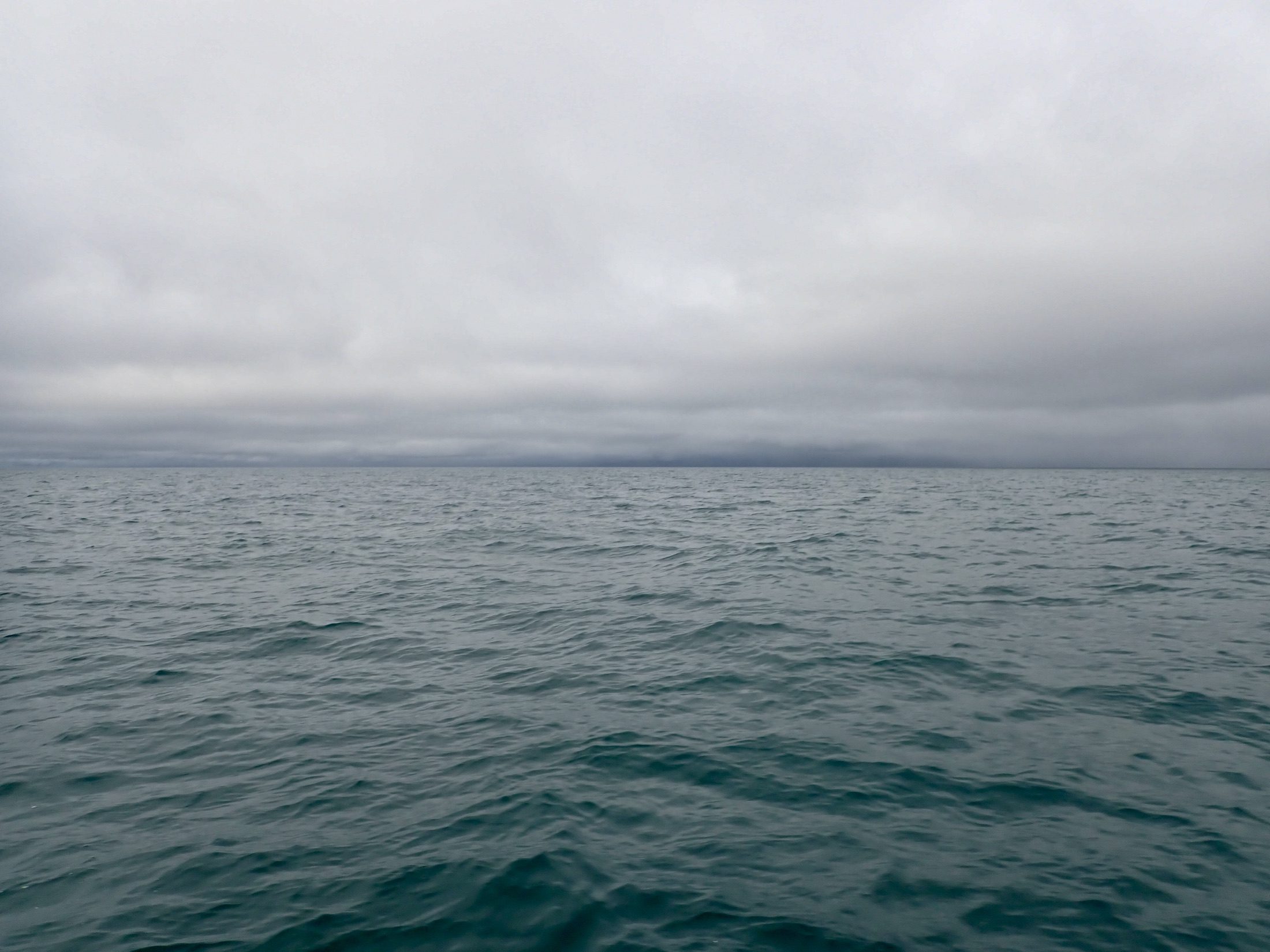
After forty minutes or so we reached our first wreck with the shoreline now hidden by mist. We sent our lures to the sea bed and followed the drill. On reaching the sea bed wind up slowly for thirty or so turns then send it back down and repeat. If a fish started to attack the lure keep retrieving until all locks up and then thump the hook home by lifting the rod positively.
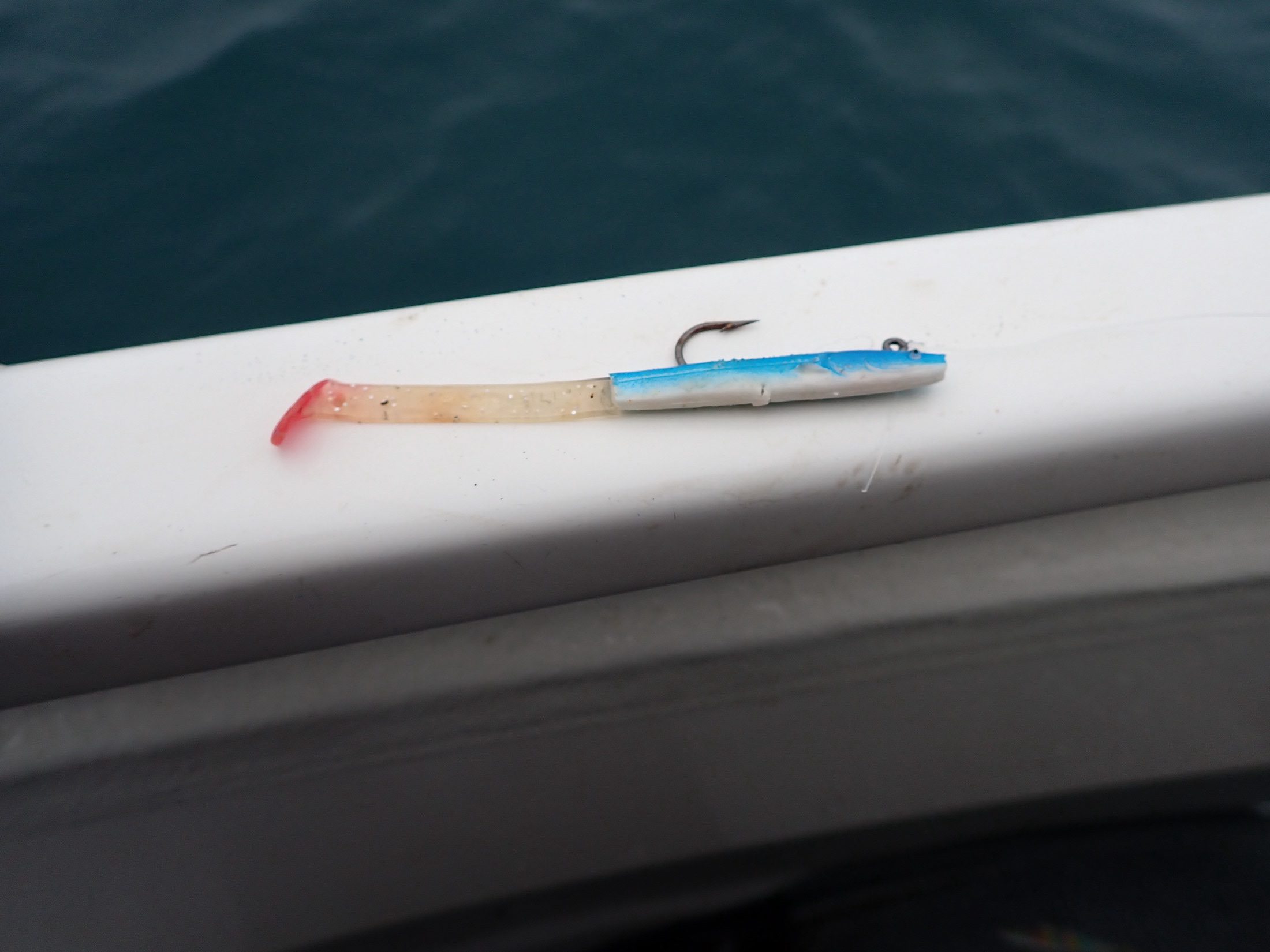
The morning started slowly with a few bass and pollock from the first two or three wrecks. I was pleased to get off the mark with a decent pollock and bass.
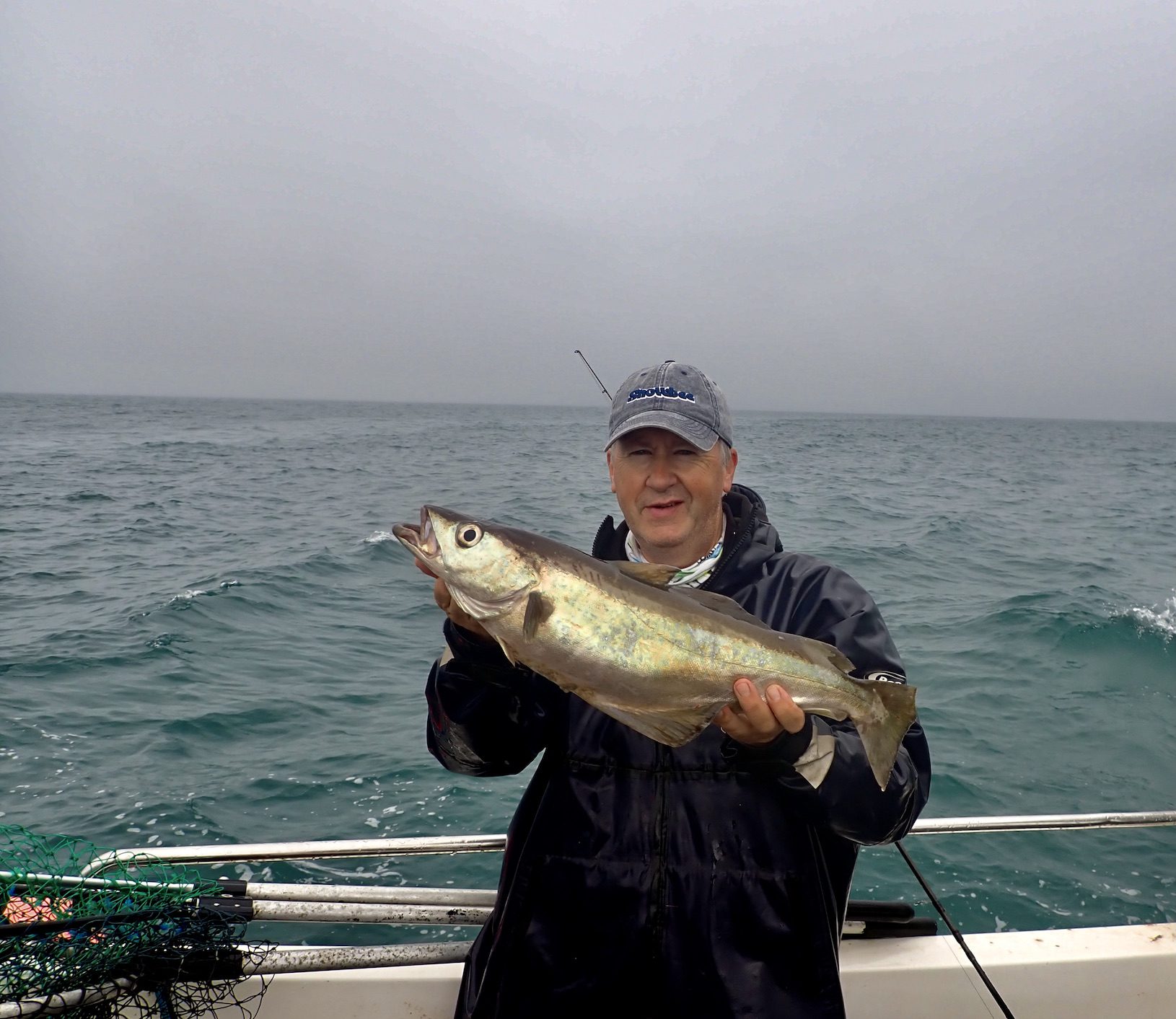
The fishing was steady then as we covered a couple more wrecks. As the tide eased the breeze dropped away and we were entranced when pods of dolphins appeared to play around the boat passing within a few feet clearly visible in the clear water.
Several martins flew overhead as they headed South on their migration to Africa. A warbler of some type circled the boat another tiny migrant heading south its survival surely against the odds.
Sport began to pick during the afternoon as the tide picked up with each drift bringing multiple hook ups keeping a smiling John busy with the net.
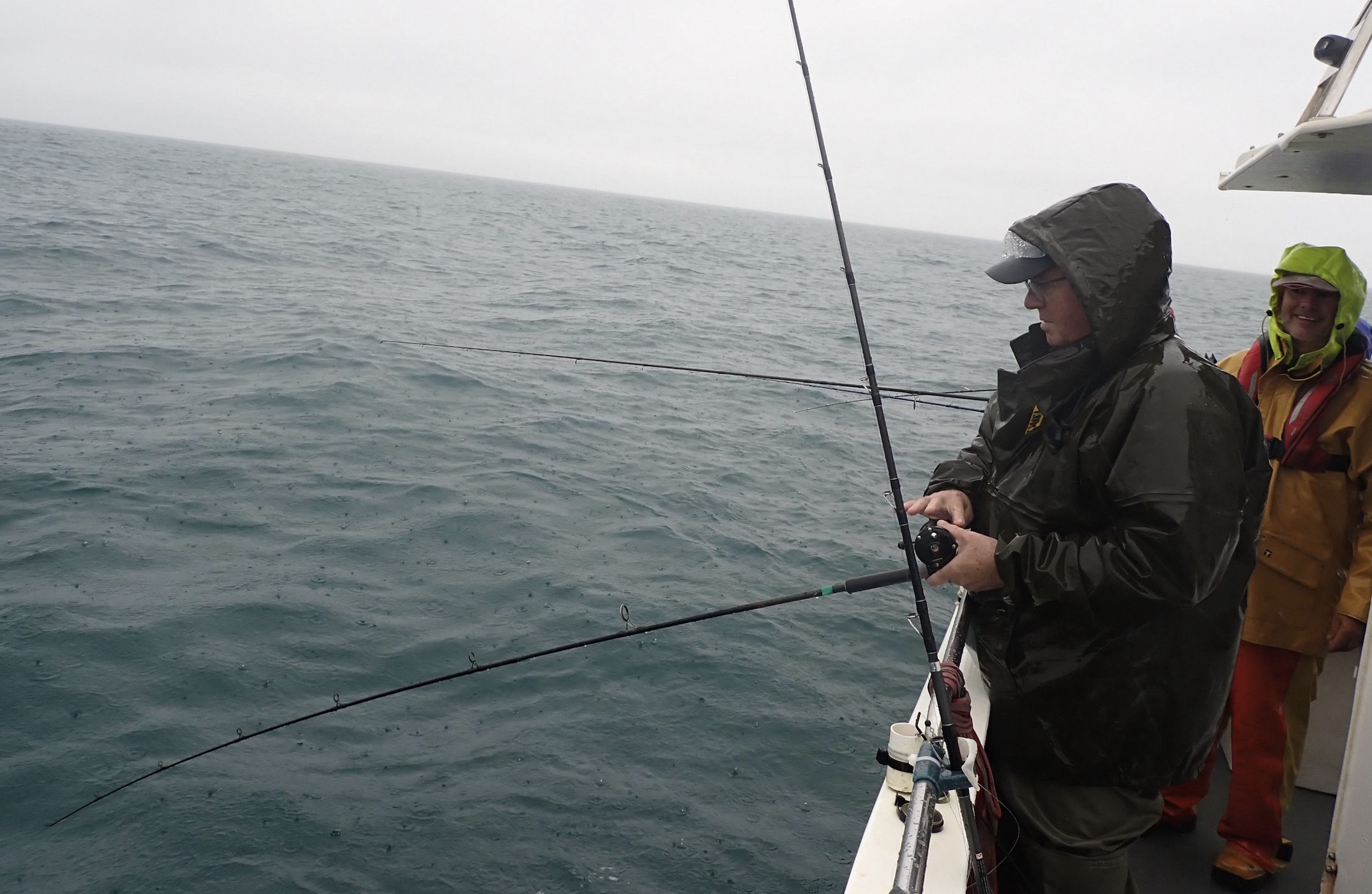
Despite dark skies and intermittent rain, we were all surprised when a flash of lightning was followed by an impressive rumble of thunder. The storm persisted for around fifteen minutes with huge thunderclaps and some spectacular flashes of lightning. We fished on in shock and awe. This failed to deter the fish that were hitting our lures with gusto.
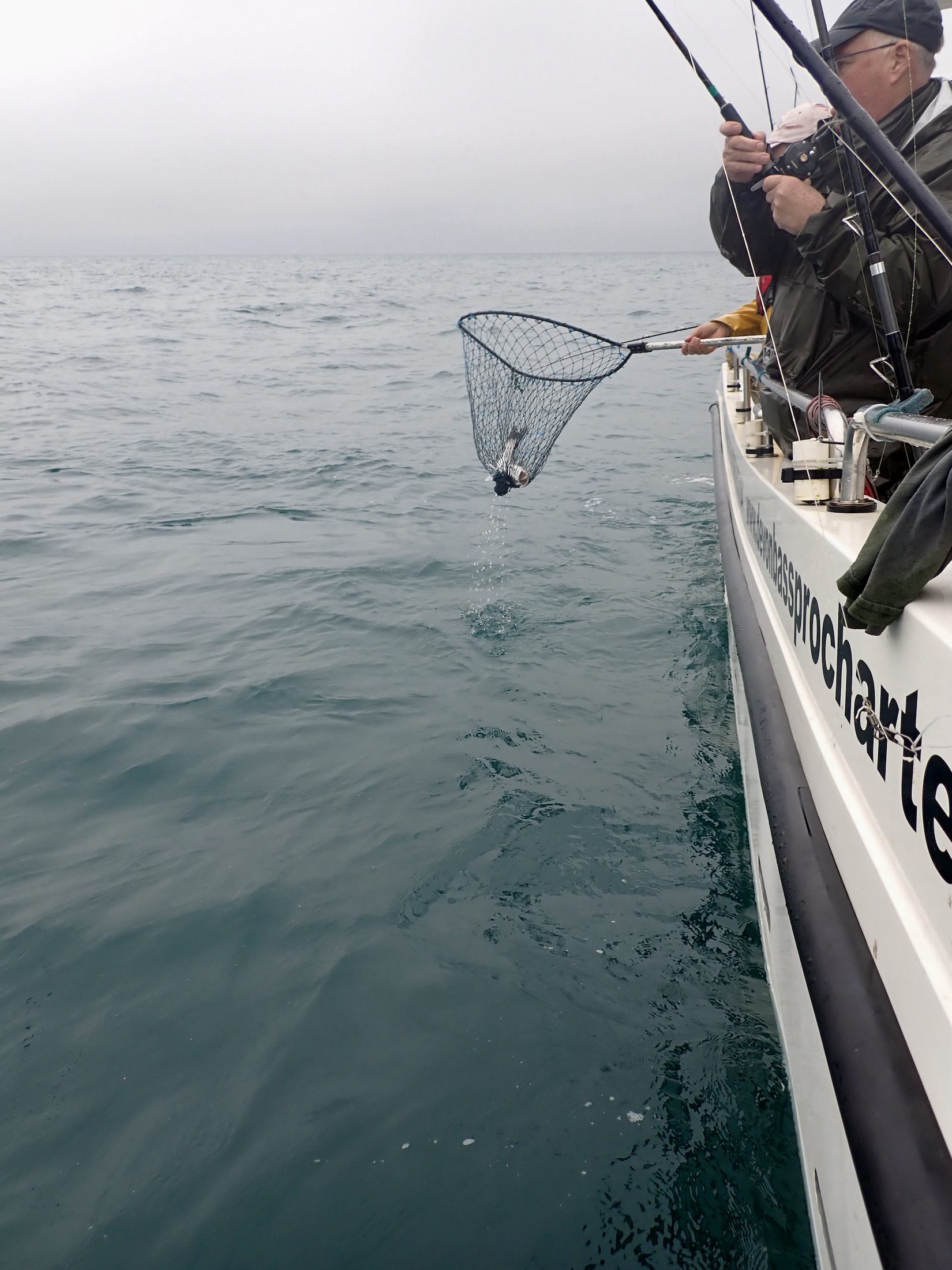
Not sure how many bass and pollock we eventually caught but I ended with seven bass and three pollock. I did lose a very good fish that hit my lure hard putting an impressive bend in the Snowbee Rod, the reel screaming before the hook pulled free.
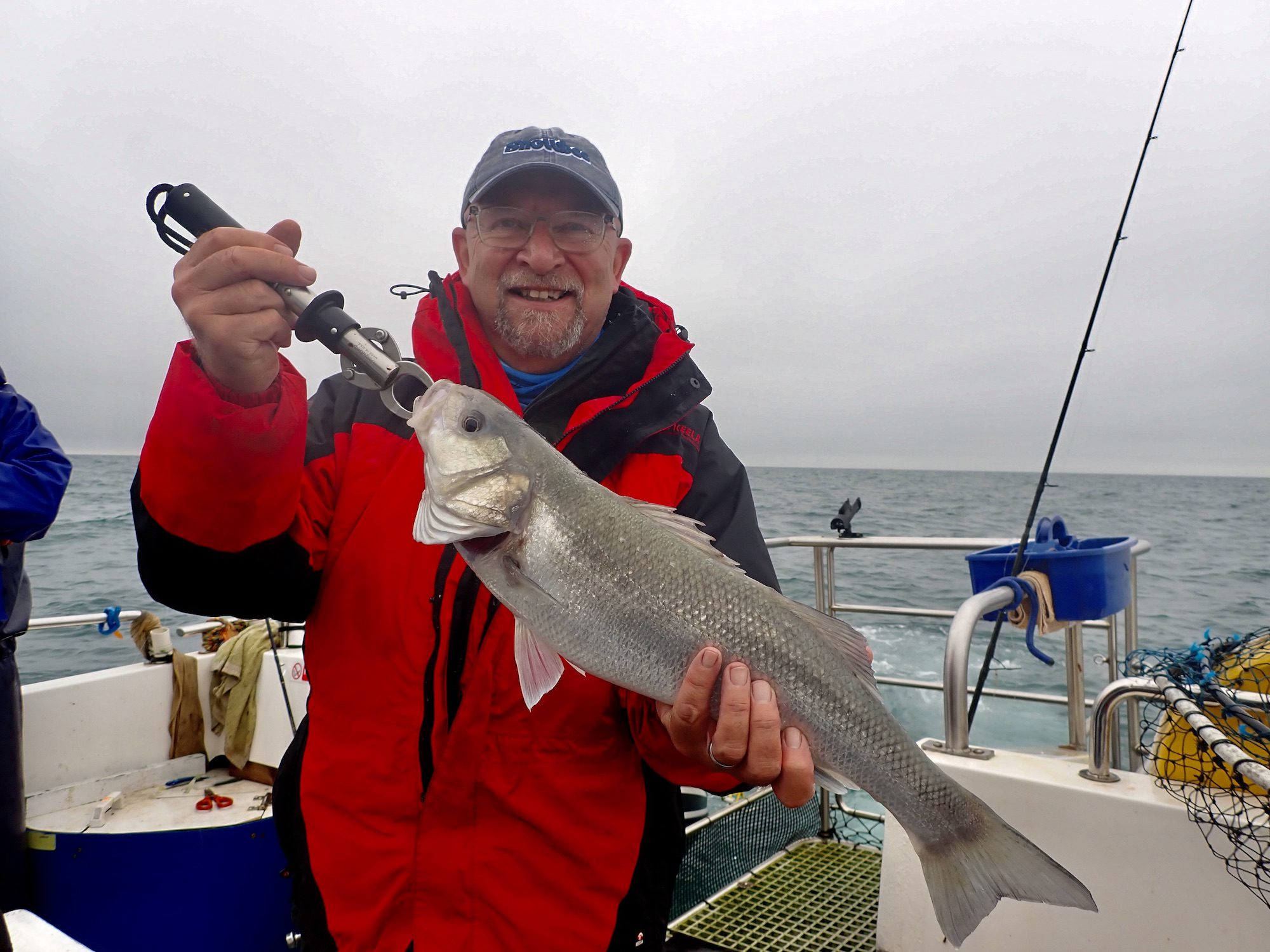
We headed back to Seaton bouncing across a dark grey seascape as gannets plunged into the water. We all climbed from the boat a little weary and said fond farewells thanking John for a great day.s sport.




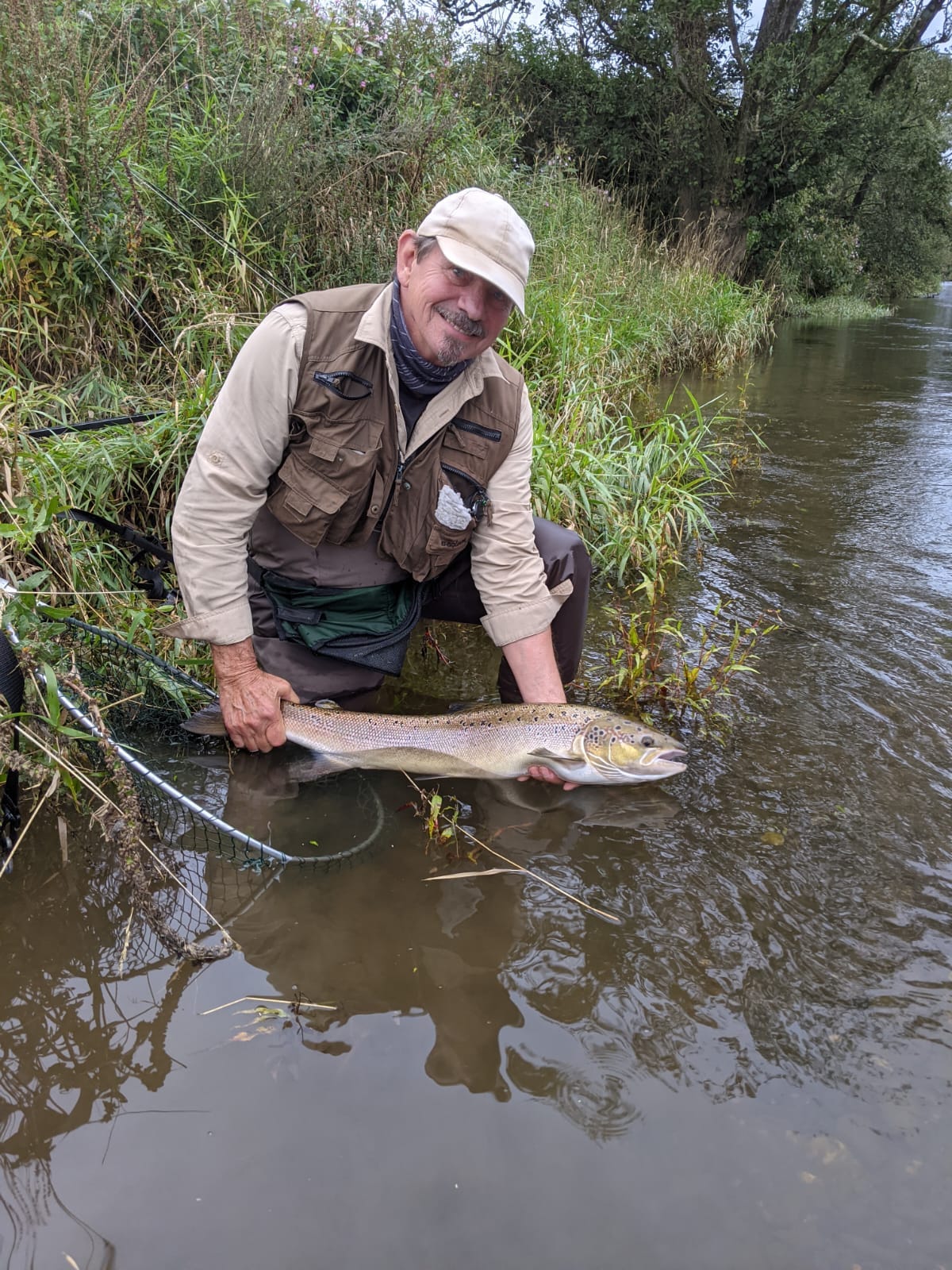


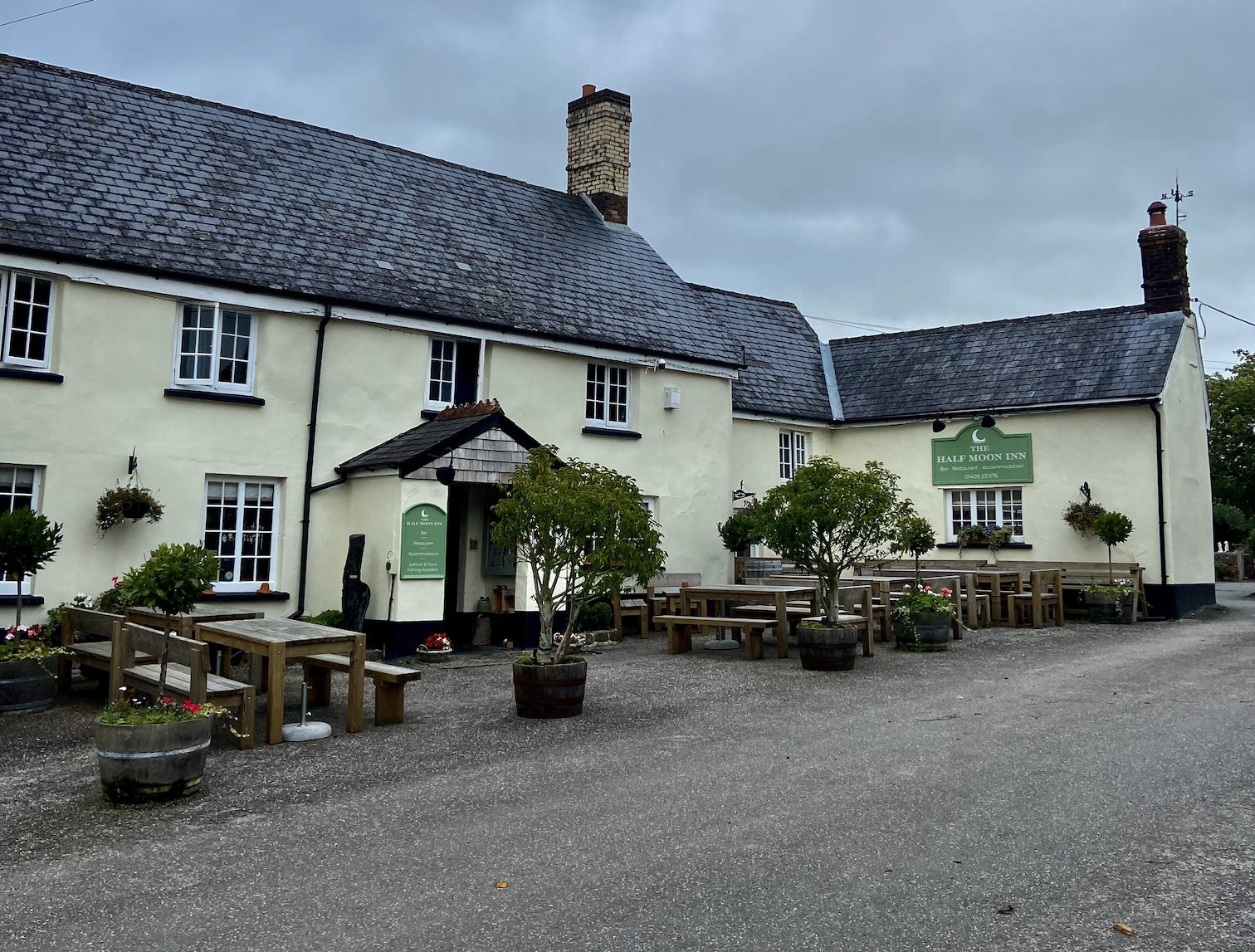

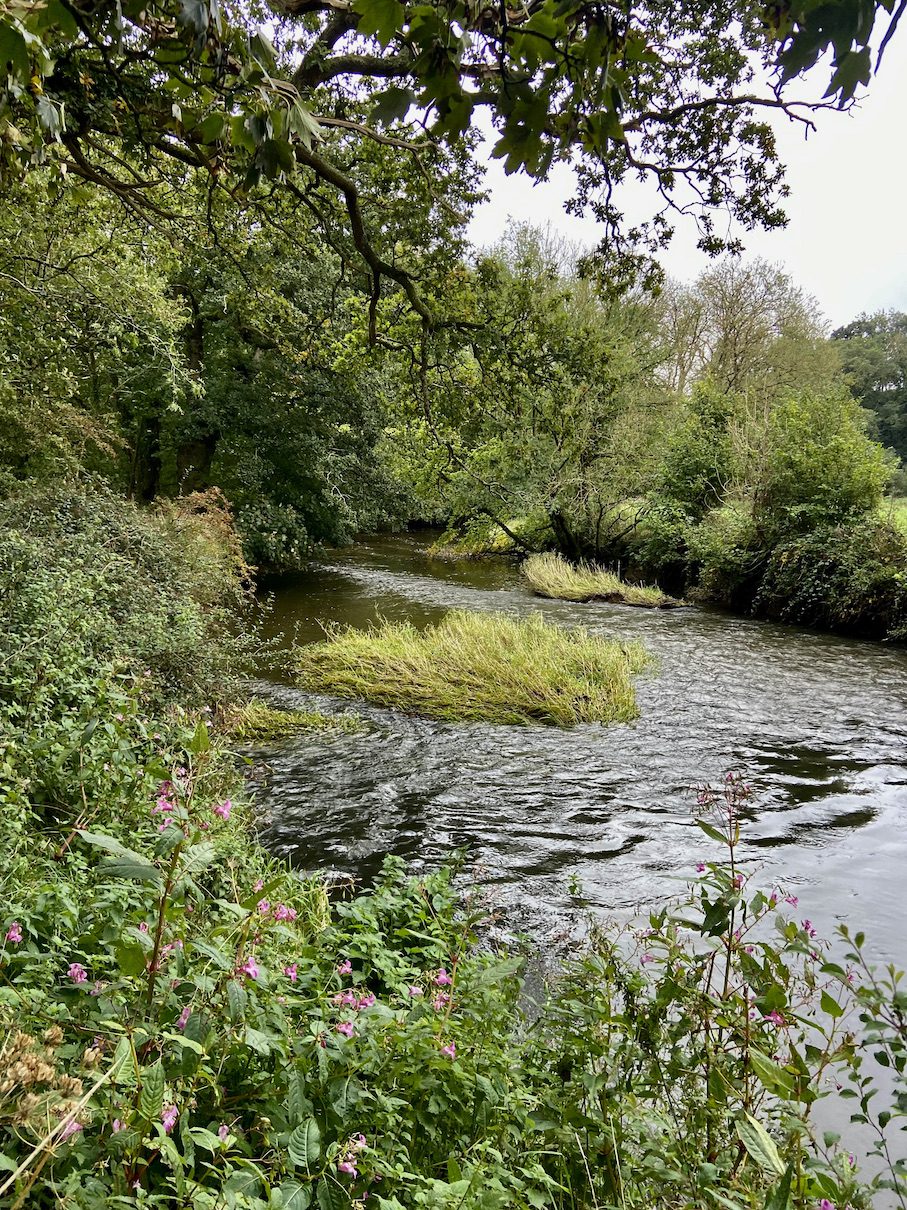

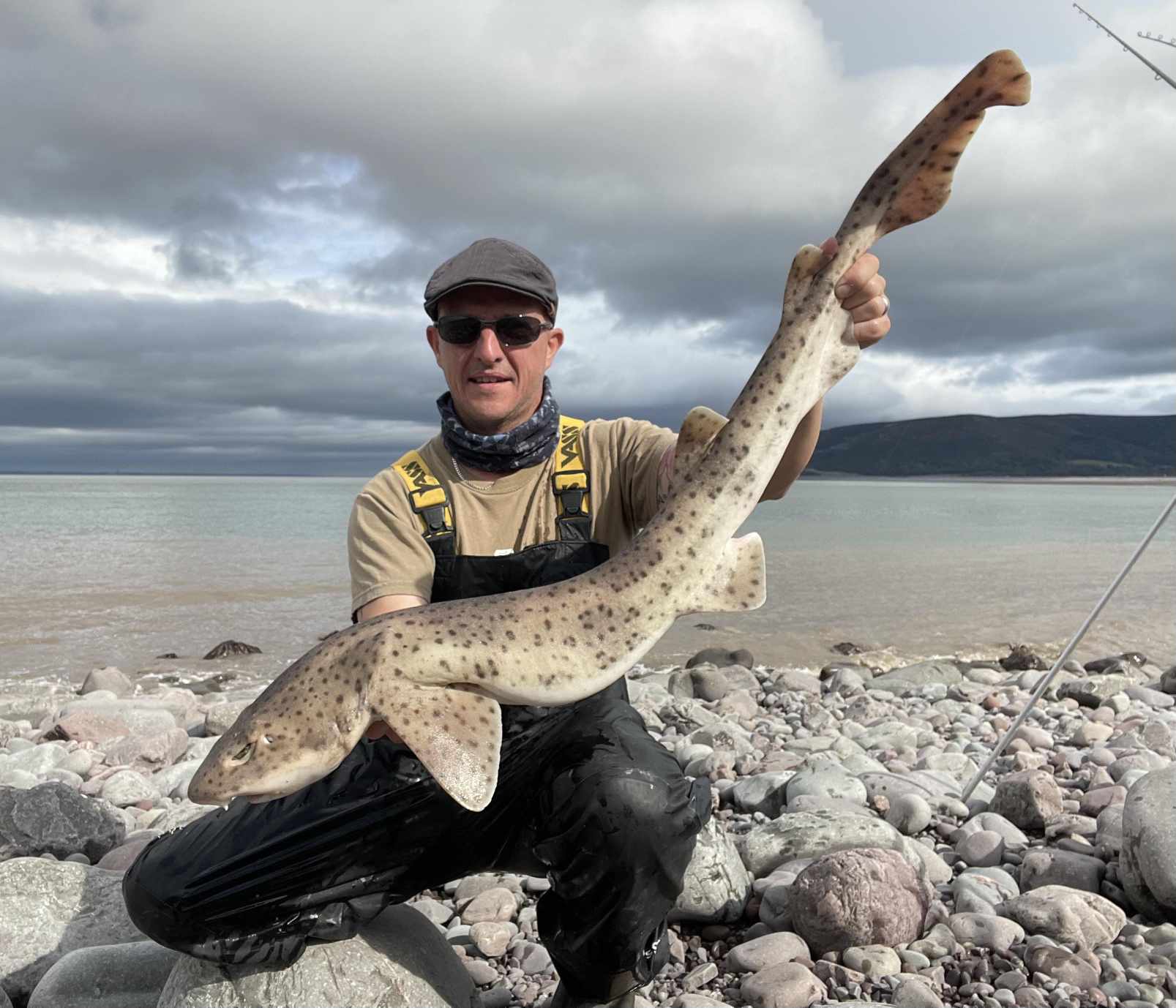






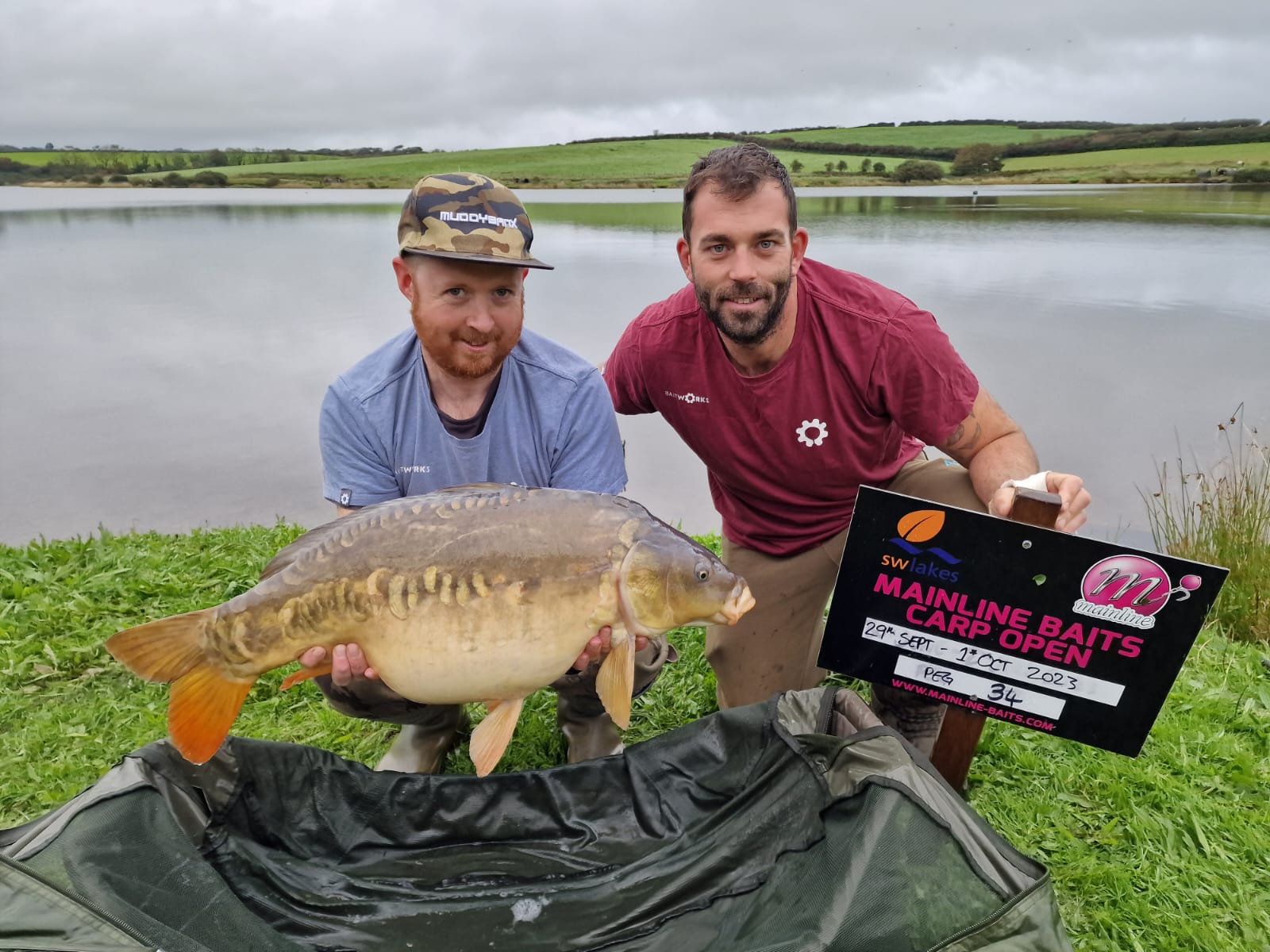
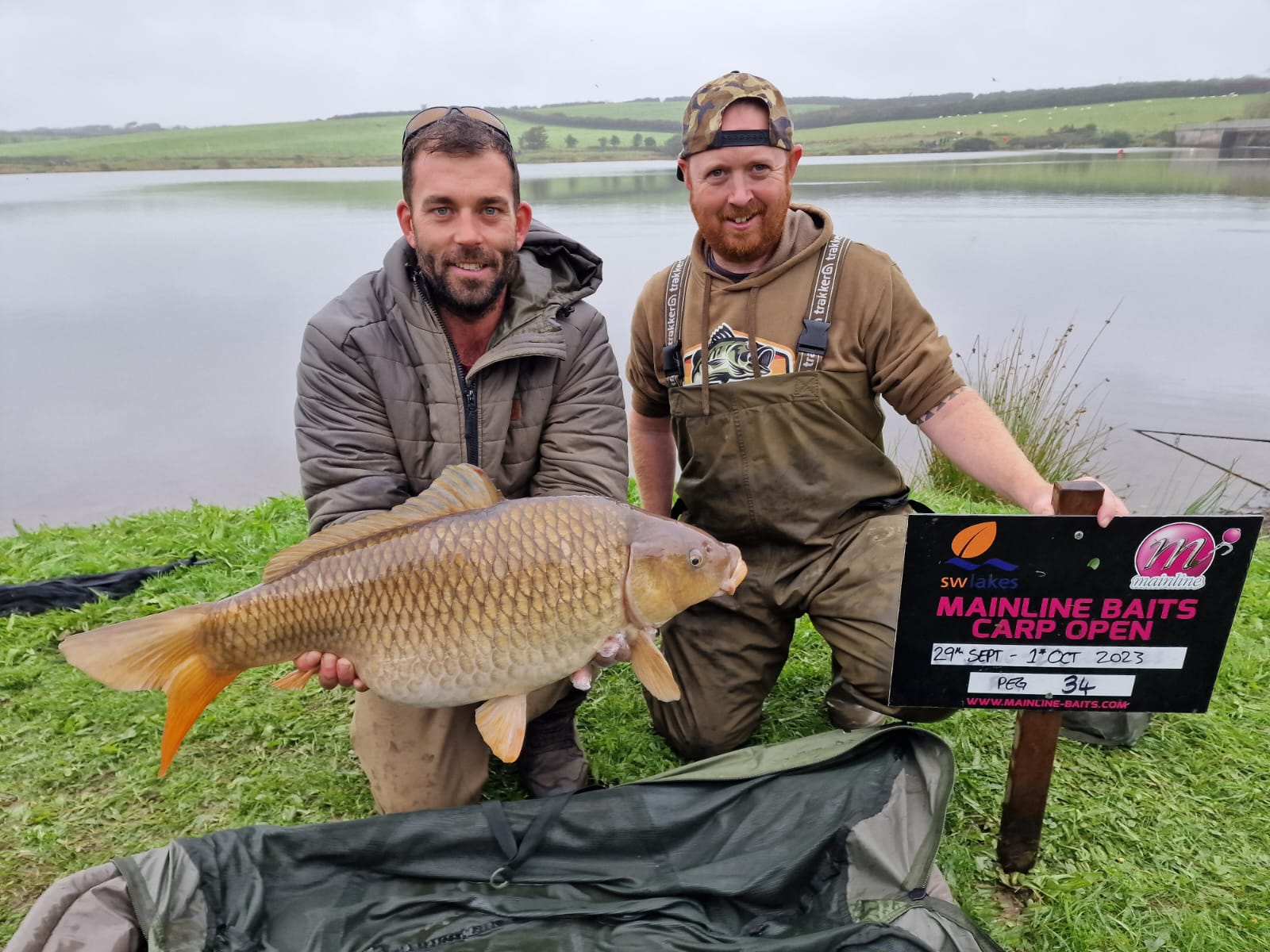


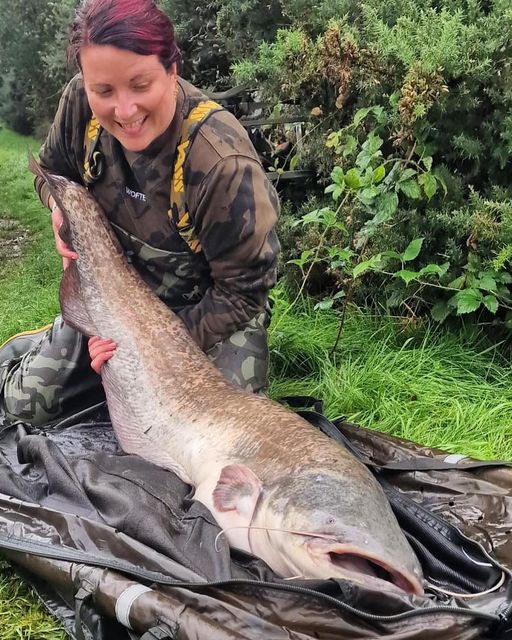

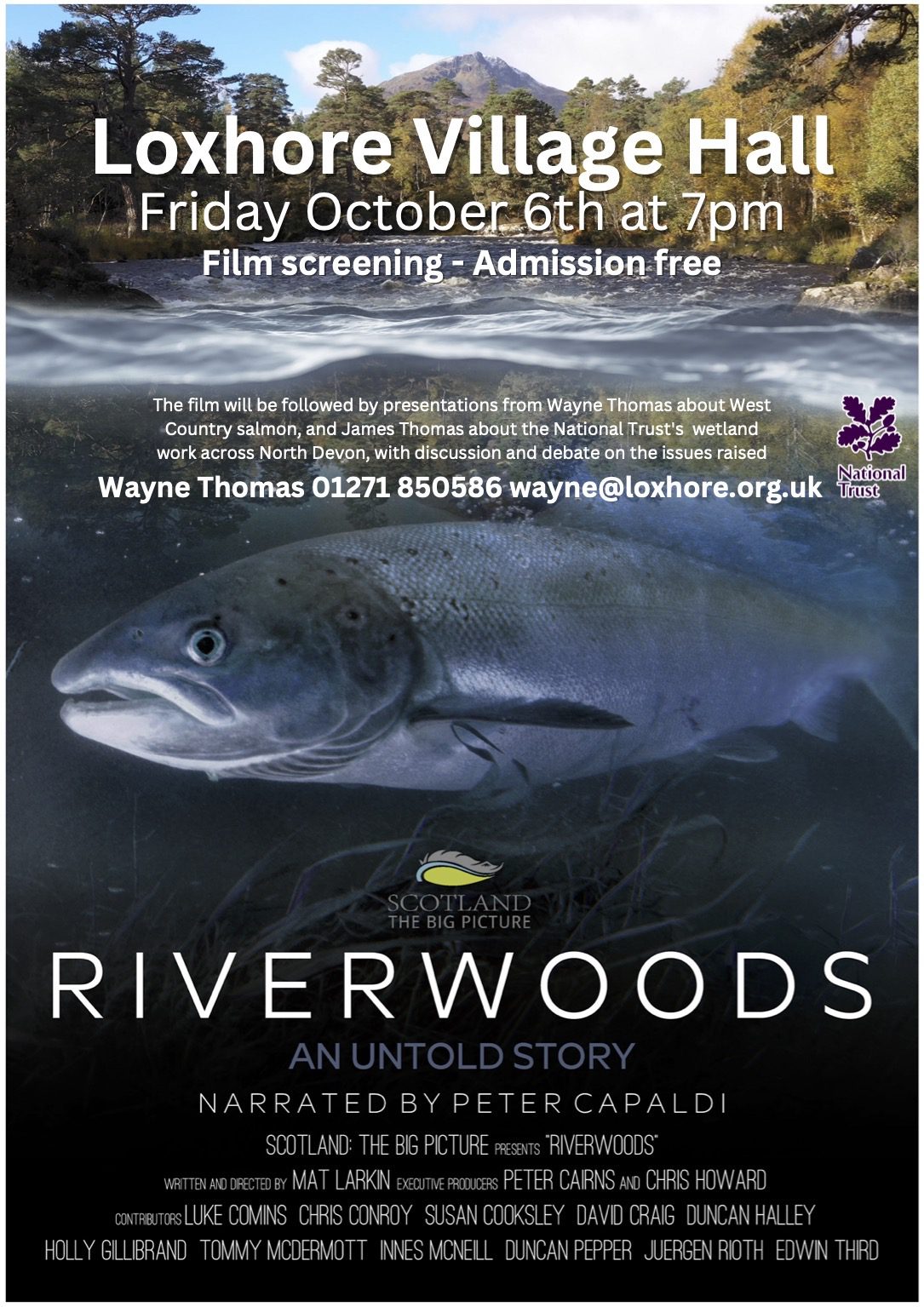
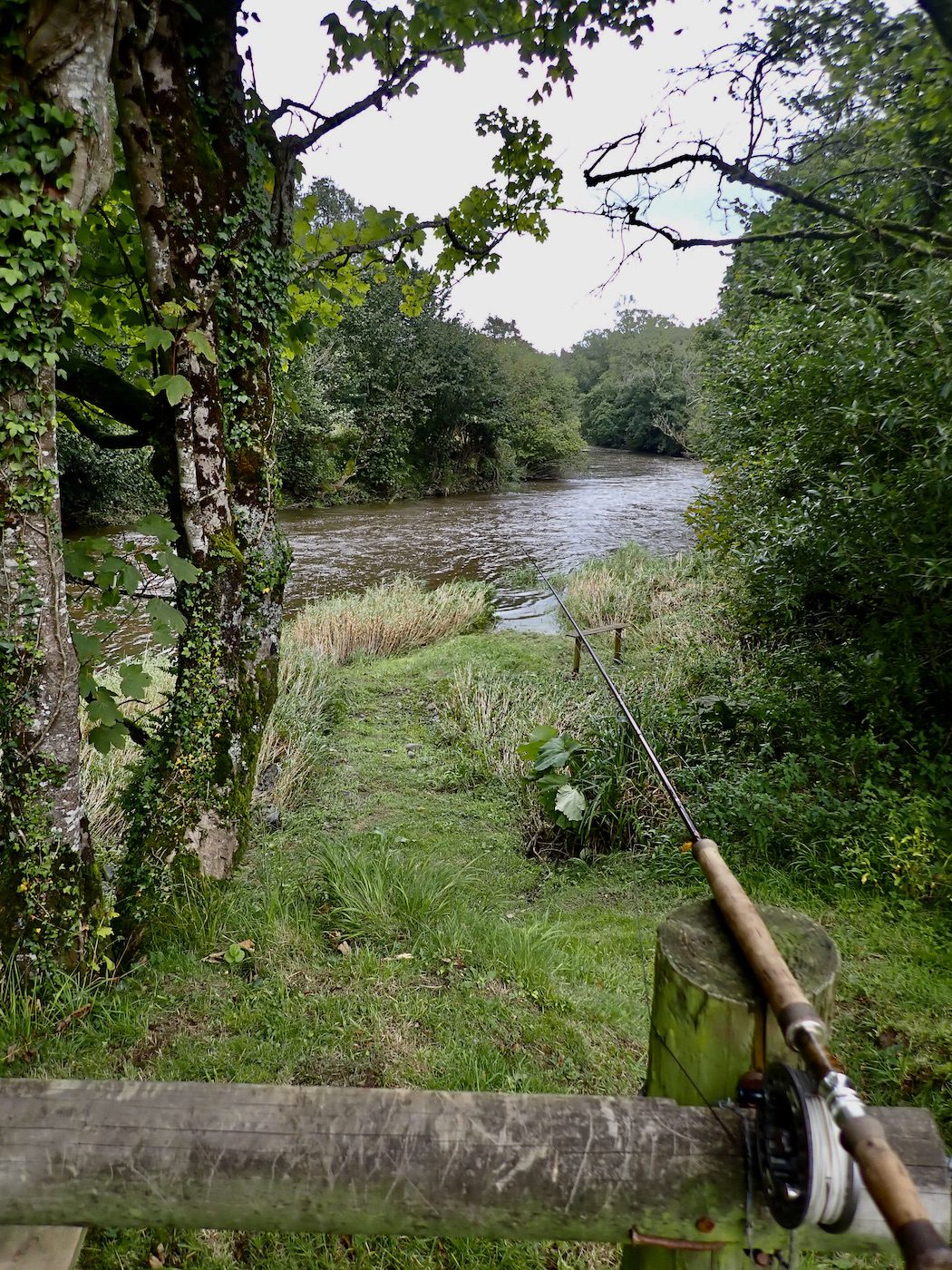
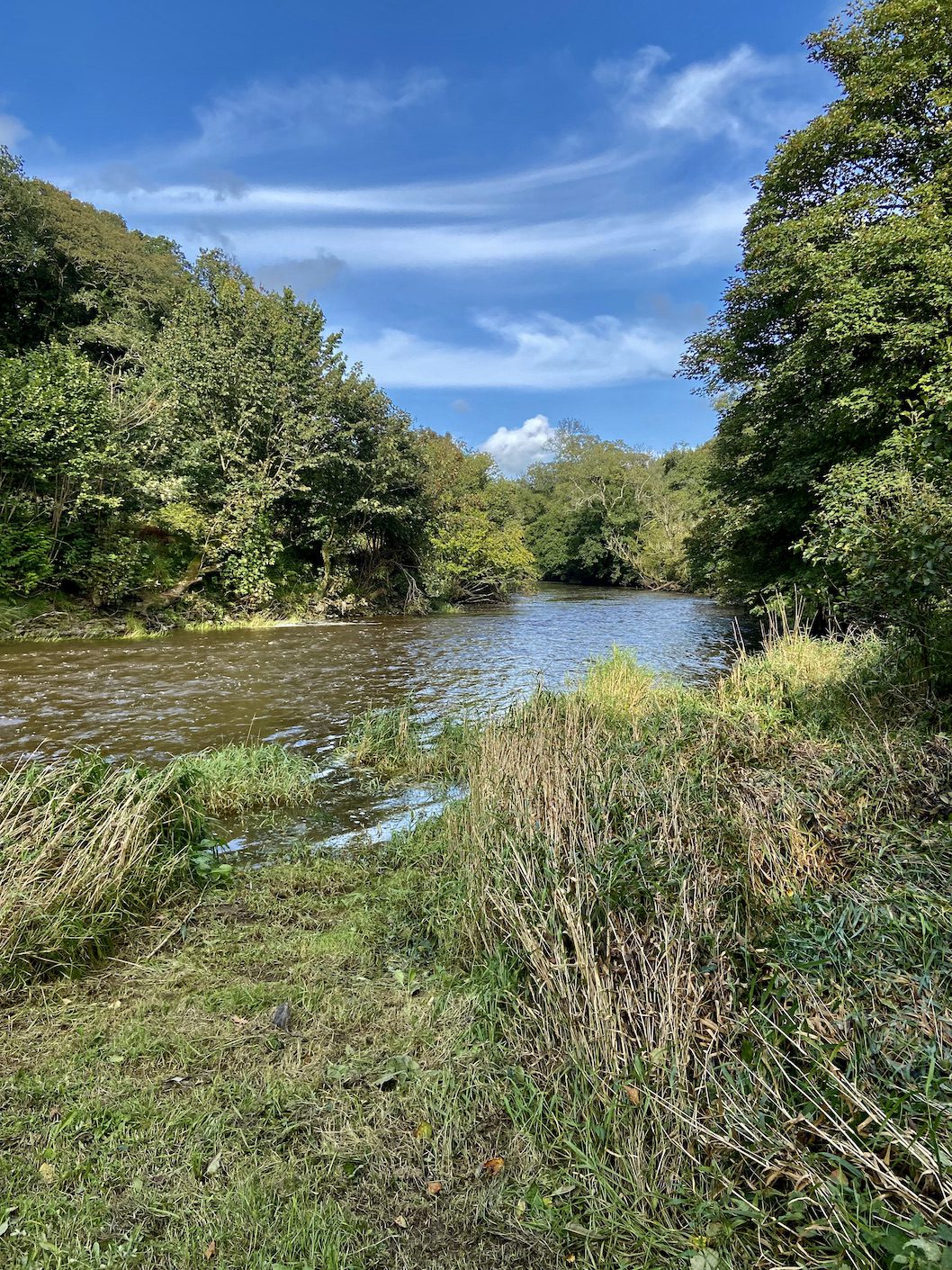
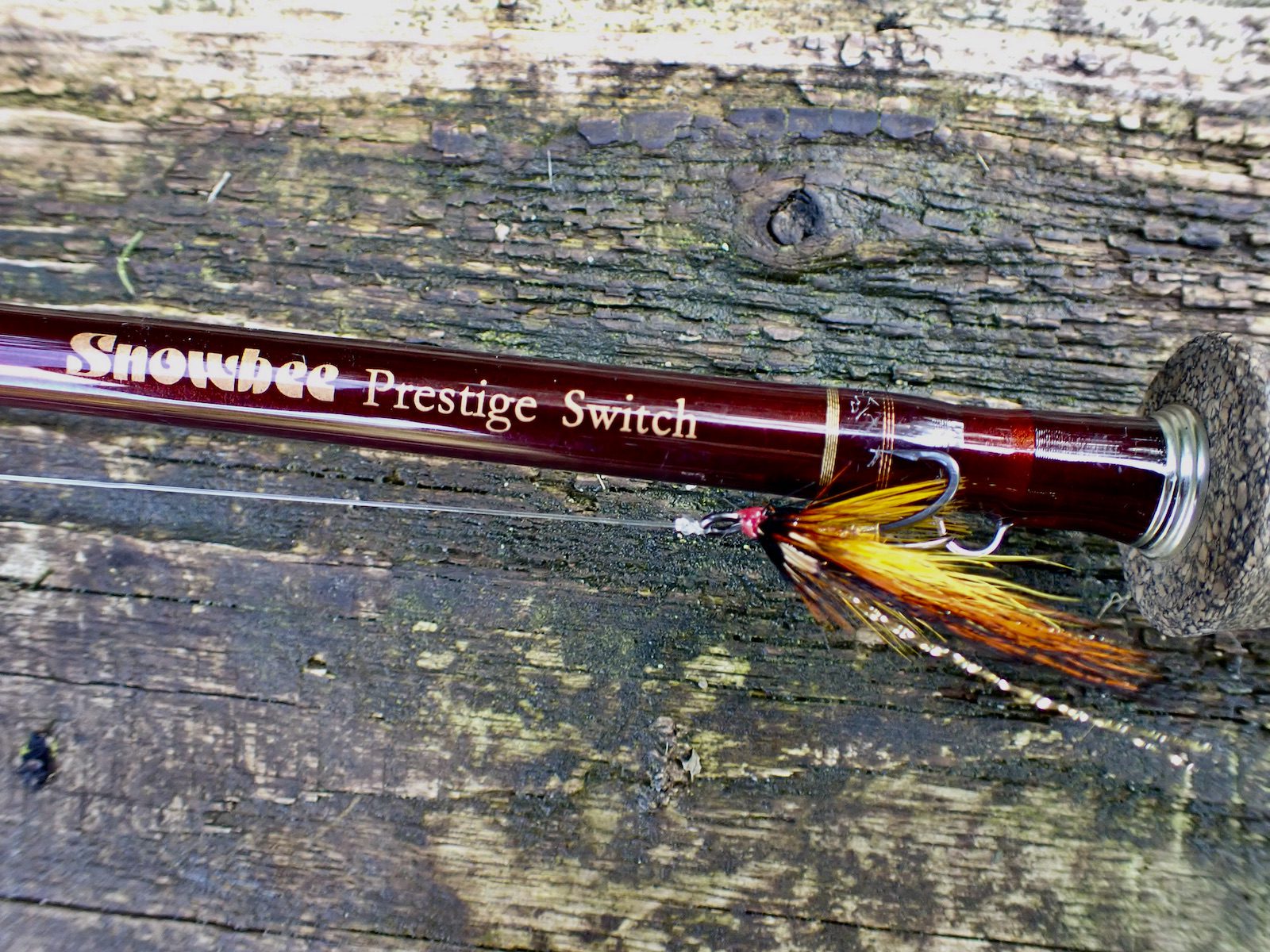
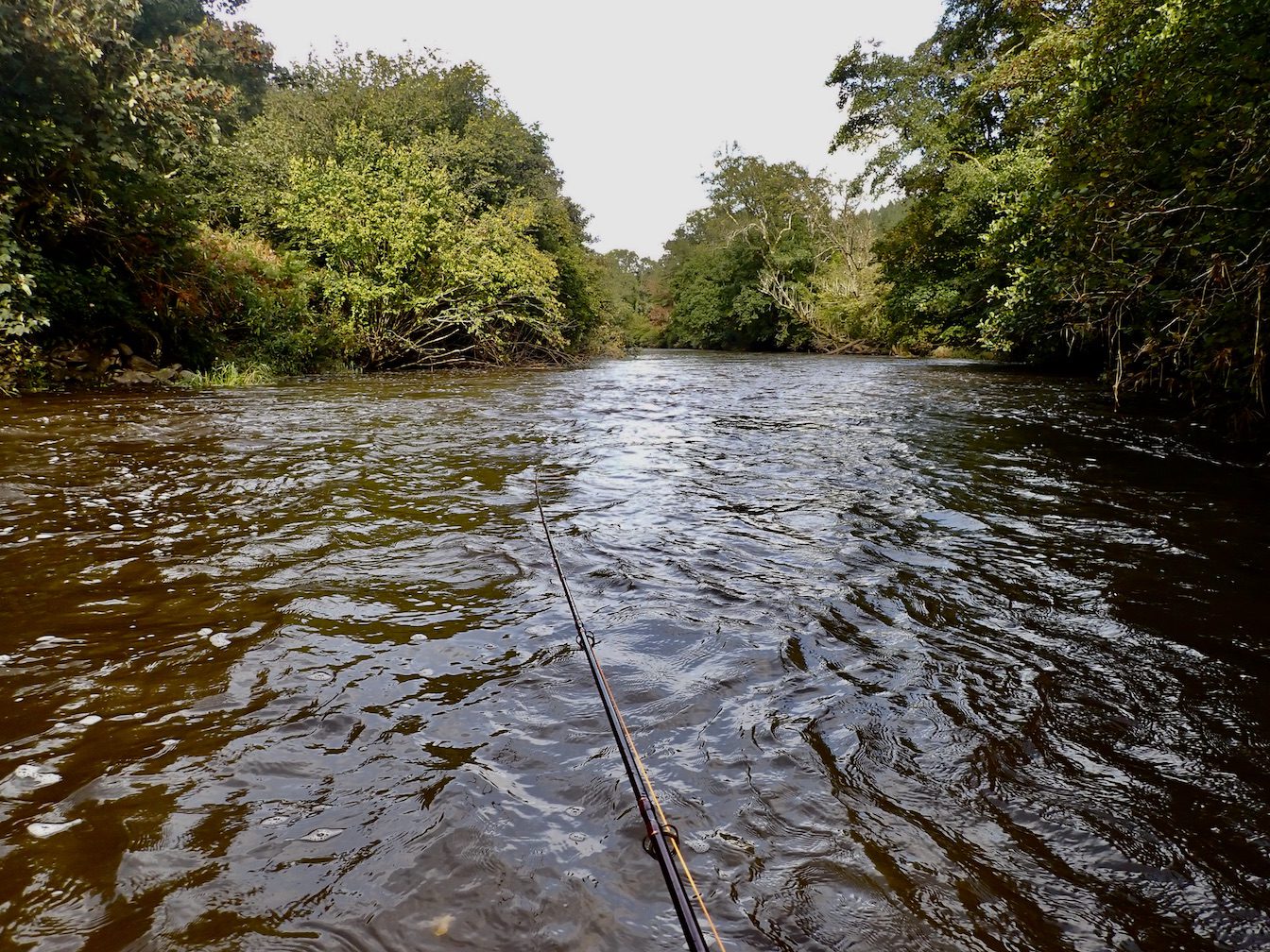
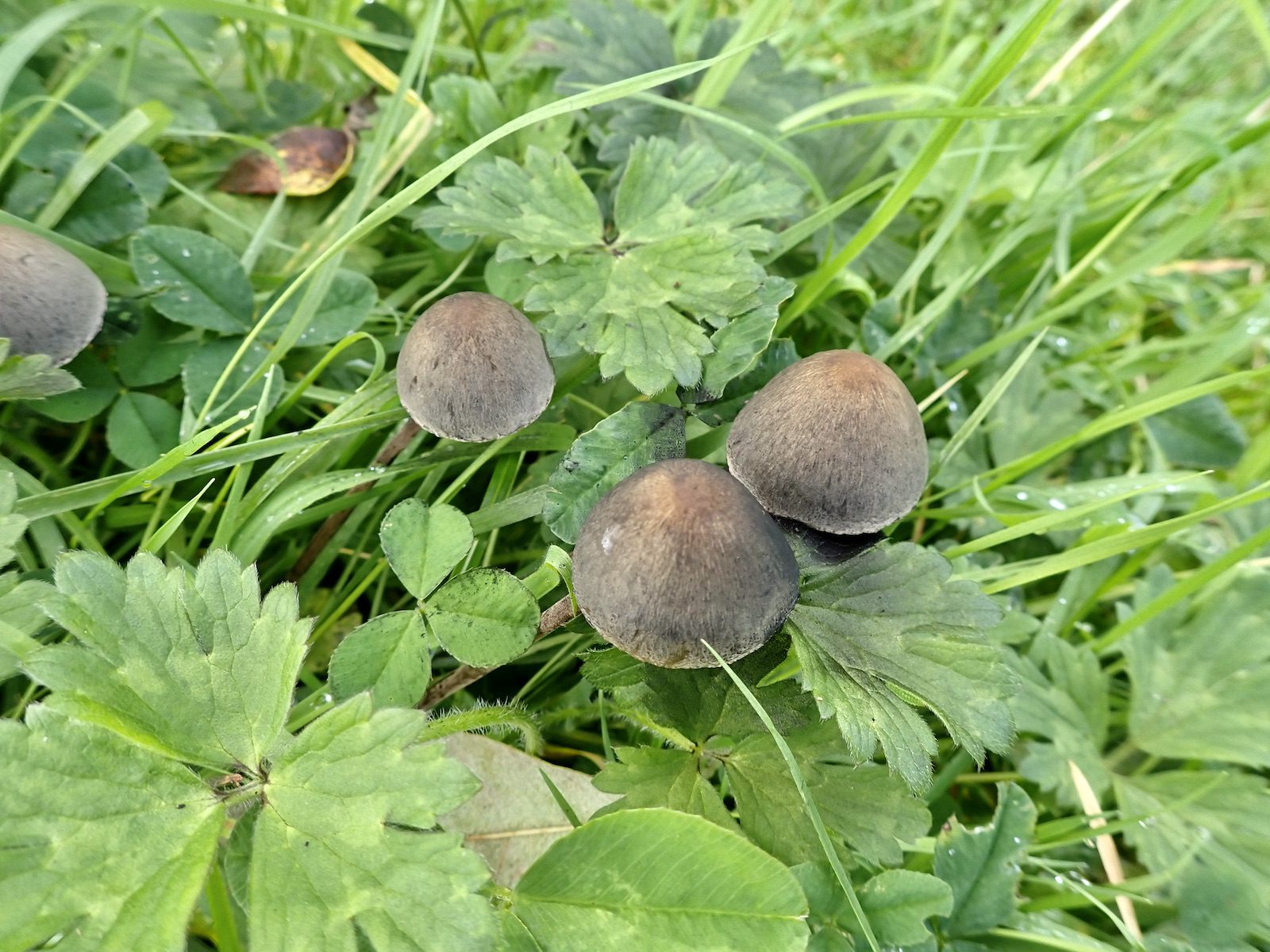
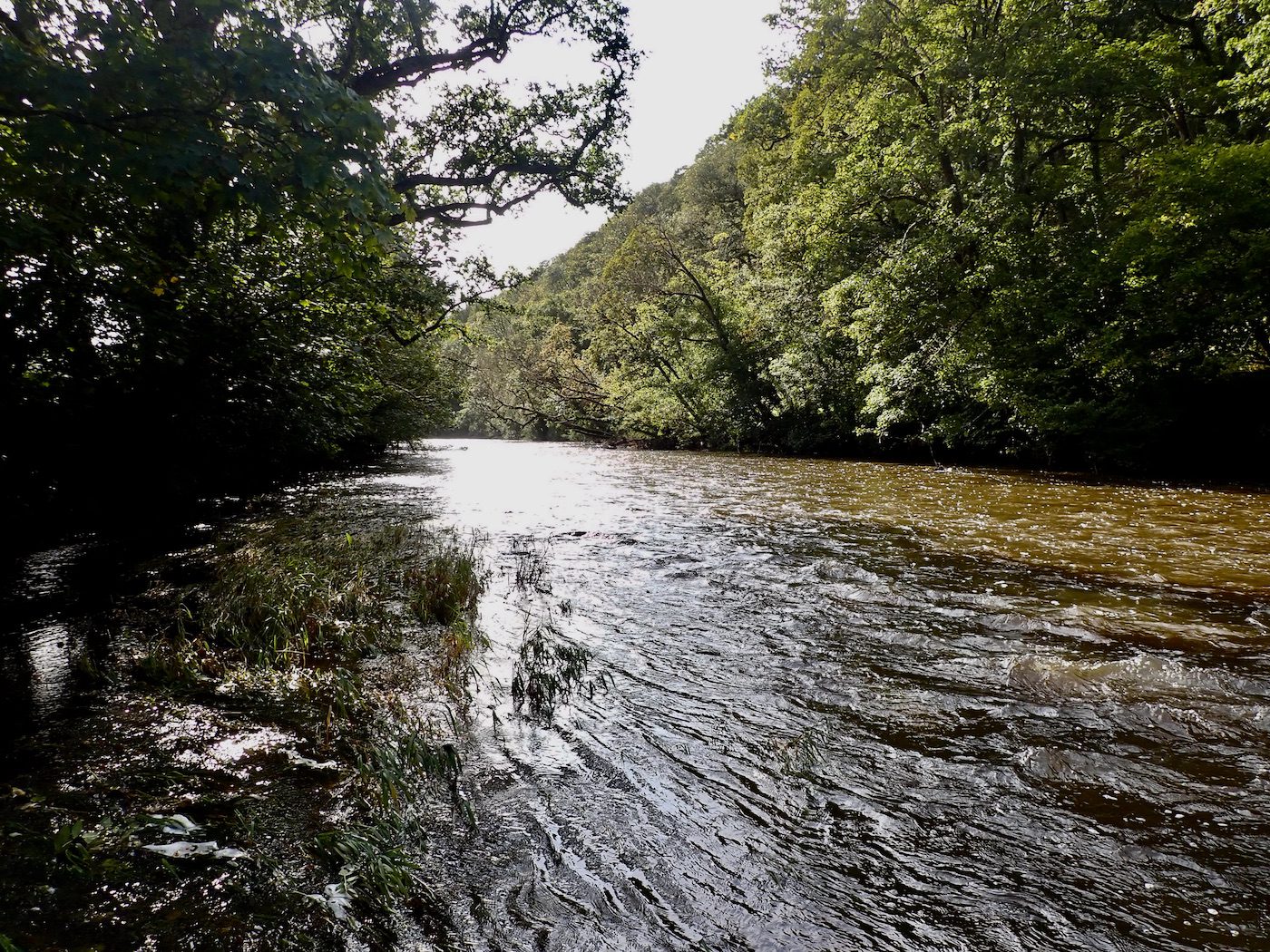
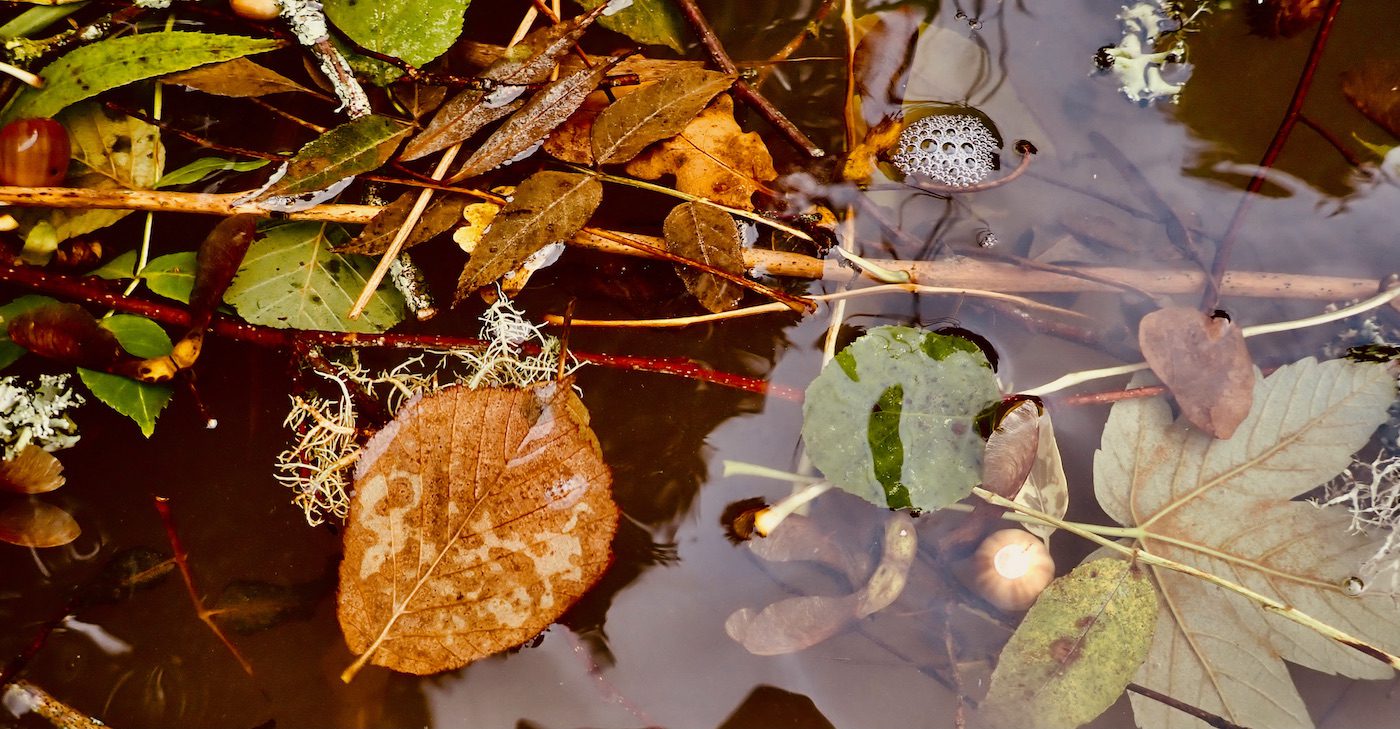
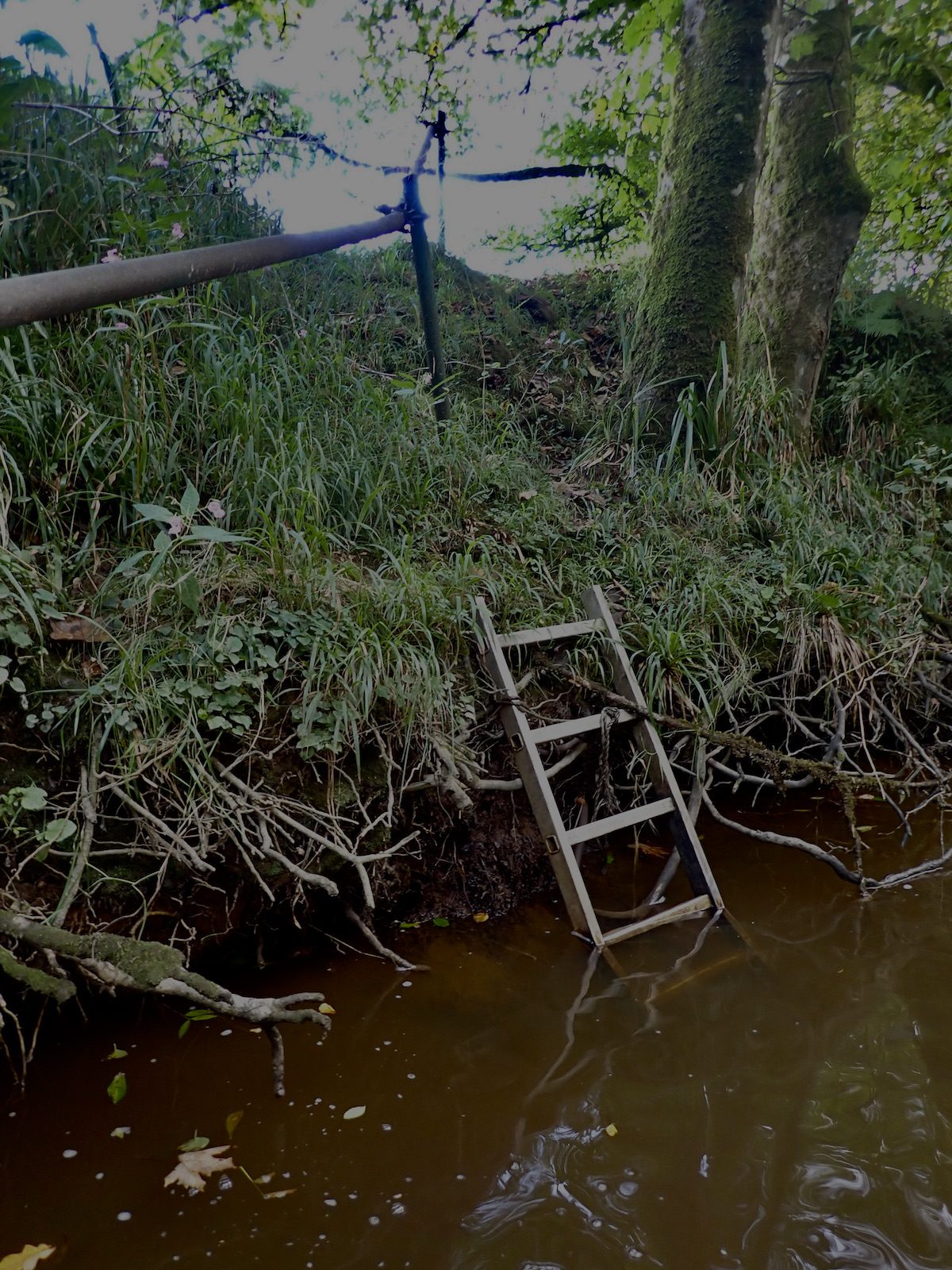


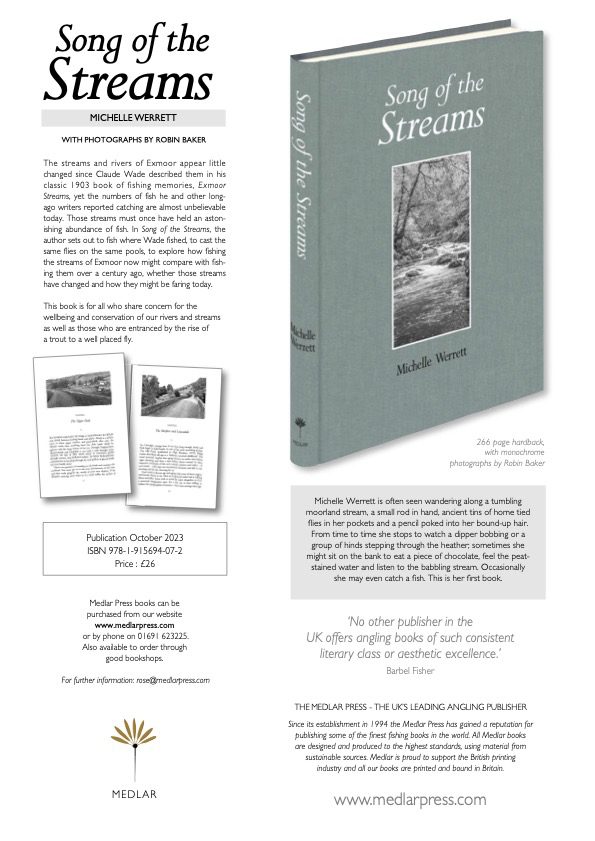
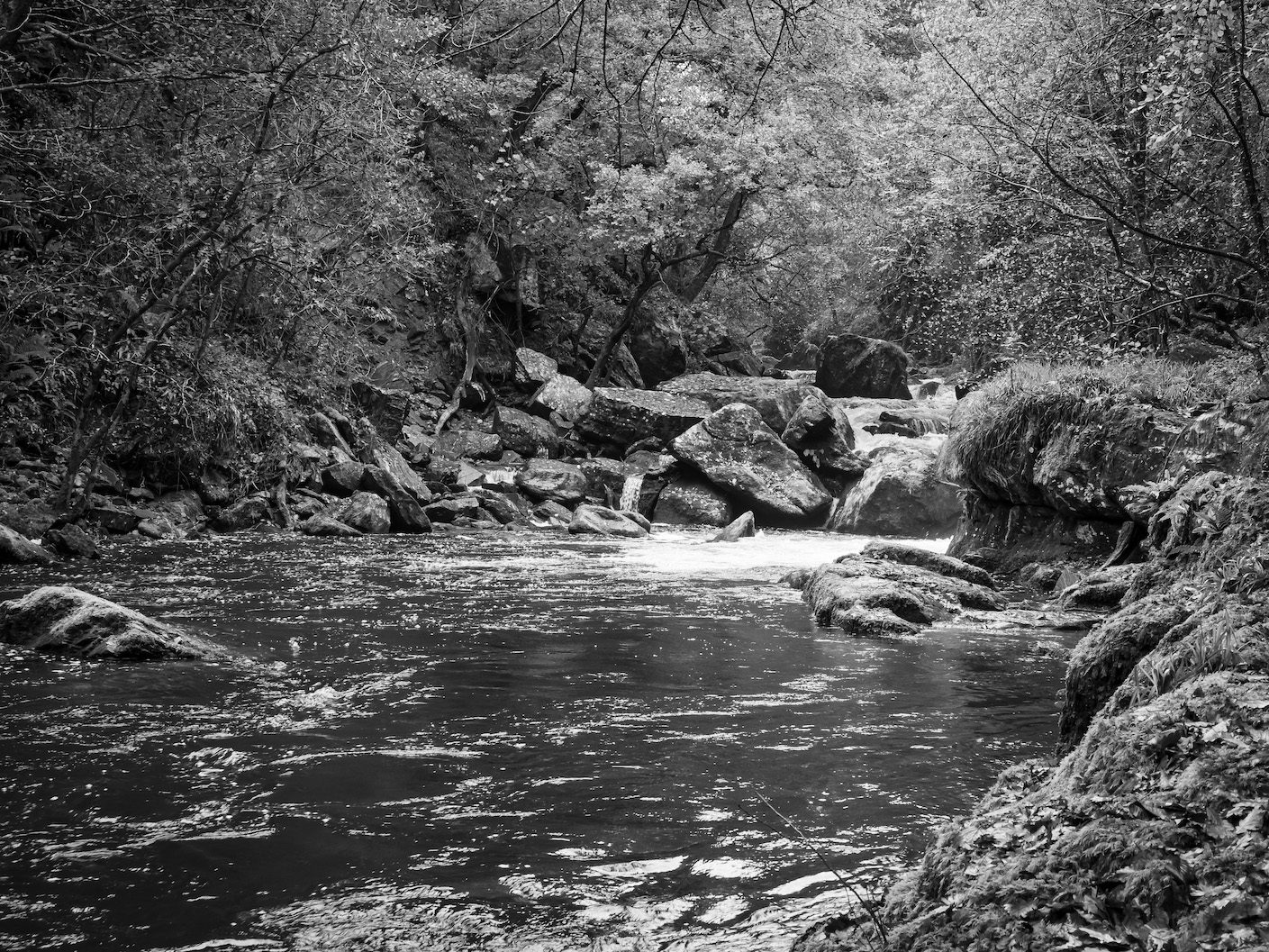


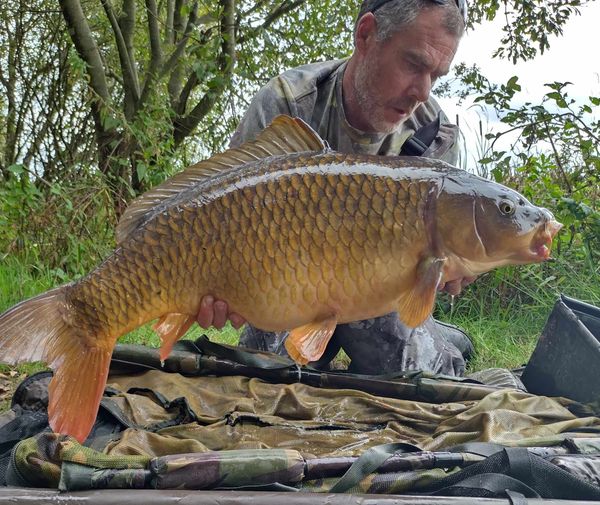
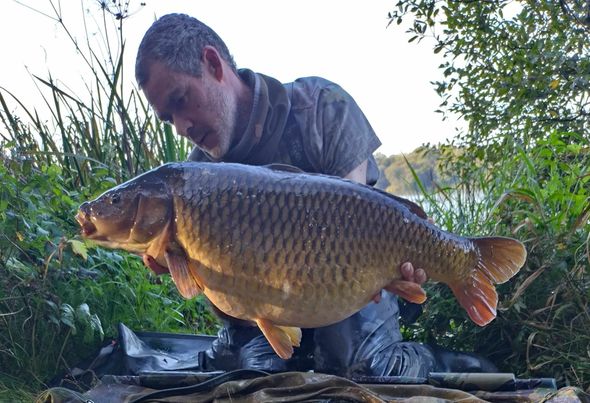 (Above) At Lower Tamar Lake Oli Dietrich banked common carp of 33lb 10oz, 32lb 8oz, 28lb and a mirror carp of 21lb.
(Above) At Lower Tamar Lake Oli Dietrich banked common carp of 33lb 10oz, 32lb 8oz, 28lb and a mirror carp of 21lb.
